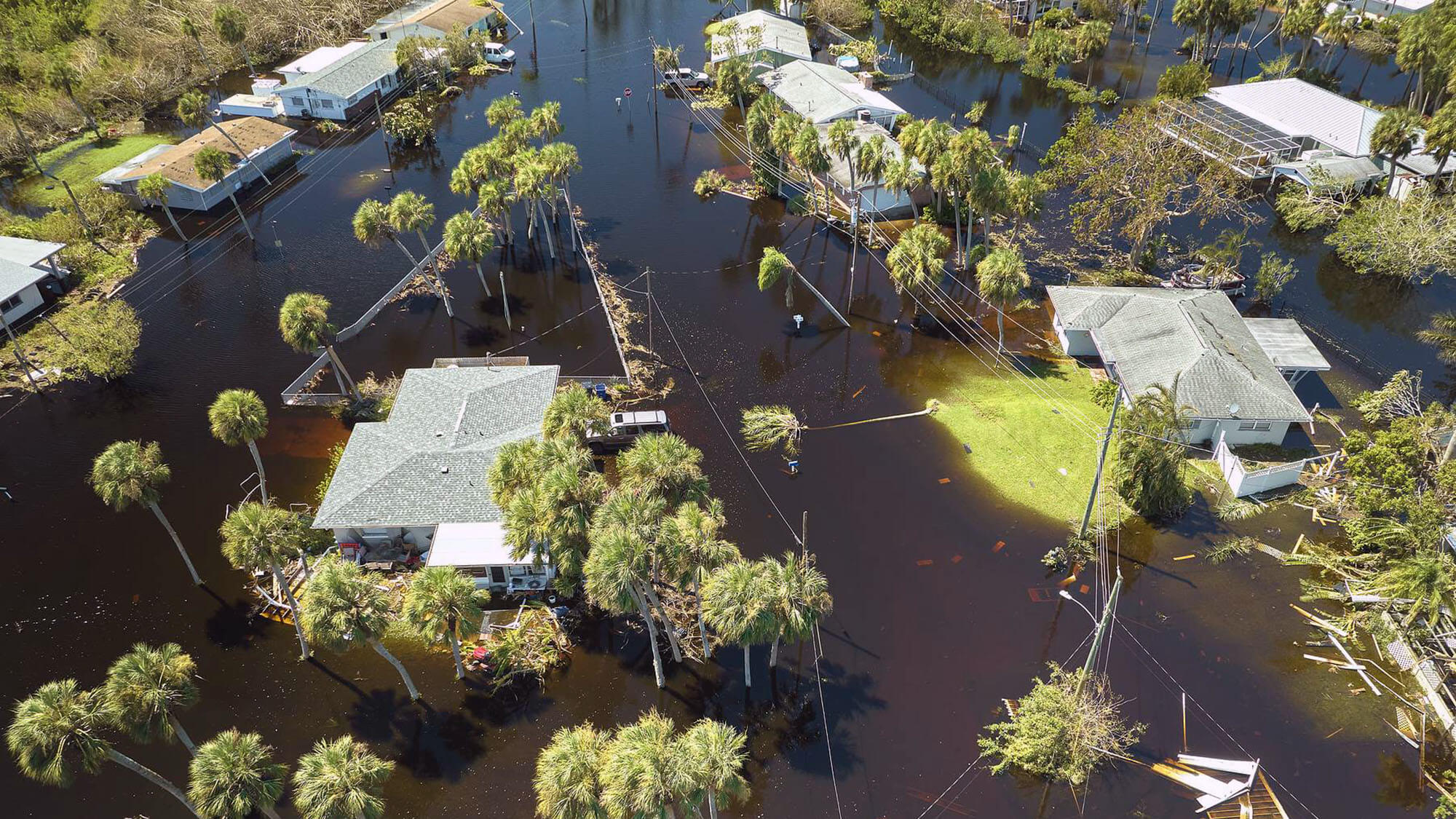The High Cost of Underestimating Water

03 Sep 2025
Why flood testing and building envelope design matter more than ever in today's climate
While hurricanes often make headlines for their powerful winds, their most destructive and deadliest impact is frequently flooding. This accounts for the majority of natural disaster damage in the United States, affecting both inland towns and coastal cities. The widespread damage from recent riverine overflows, flash floods, and heavy urban rainfall highlights the urgent need for better flood preparedness and building resilience.
Growing Threat of Flooding
Flood threats extend far beyond shorelines. Climate change, urban sprawl, and population growth have pushed more people into flood-prone areas. Global warming has increased the number of people exposed to flood risk by 20 to 24 percent since 2000, while NOAA reports that flooding has caused more than $200 billion in damage between 2010 and 2019. Even a minor flood can be financially devastating. FEMA estimates that just one inch of water can lead to $25,000 in damage to a home. For commercial buildings, the consequences are often greater, affecting specialized equipment, inventories, and operations. Floodwater damage also brings serious health hazards, including mold, waterborne disease, and indoor air quality issues that linger long after the waters recede.
Importance of Flood Testing and Resilient Design
Flood testing is becoming a critical part of resilient construction. Rigorous testing validates how well building materials and systems resist water intrusion, hydrostatic pressure, and prolonged exposure to moisture. Testing data informs smarter design decisions and helps ensure compliance with FEMA, ASCE 24-14, ICC codes, and other regulatory standards. By simulating real-world flood conditions, flood testing helps identify weaknesses before they lead to failure.
Effective flood testing covers several key areas. Structural integrity assessments evaluate a building envelope's ability to withstand water loads and debris impact. Water intrusion simulations test seals, drainage paths, and materials for leakage over time. Performance validation examines how well membranes, coatings, and barriers perform under prolonged exposure. System evaluations analyze the effectiveness of floodgates, sump pumps, and passive protection devices. Full-scale testing replicates conditions like extended submersion and wave action to confirm real-world durability. These tests help verify that materials and assemblies remain functional after a flood, minimizing downtime and repair costs.
The building envelope is the first line of defense against flooding. Weak links at doors, windows, foundation joints, and walls can let water in. Flood-resilient design incorporates elevated construction that raises critical spaces above flood levels, water-resistant materials for walls and insulation, watertight seals and gaskets, and impact-resistant fenestration products.
Louisiana Children's Museum
Located in New Orleans, the Louisiana Children's Museum demonstrates how flood-resilient design supports both community and performance. After the site experienced four feet of flooding during Hurricane Katrina, the building was elevated five feet above grade. The project incorporated floodable landscapes, pier-supported construction, and native vegetation to manage and absorb water. It can now retain up to three feet of water and recharge surrounding wetlands, transforming a vulnerable location into a resilient one.
Innovations in Flood Protection
The integration of advanced flood-resistant technologies is becoming increasingly common in urban planning and infrastructure development. These technologies include permeable surfaces, drainage systems that redirect water away from structures, and modular flood barriers. Many cities are already incorporating them into new projects to reduce flood vulnerability.
Ongoing research is driving the development of next-generation materials with improved water resistance, such as hydrophobic concrete and self-sealing flood barriers. Smart monitoring systems, leveraging sensors and AI-driven analytics, are being developed to provide real-time flood risk assessments and optimize drainage management in flood-prone urban areas.
As climate change continues to intensify flooding threats, continued research, innovation, and adaptive policies will be essential to strengthen the built environment.


